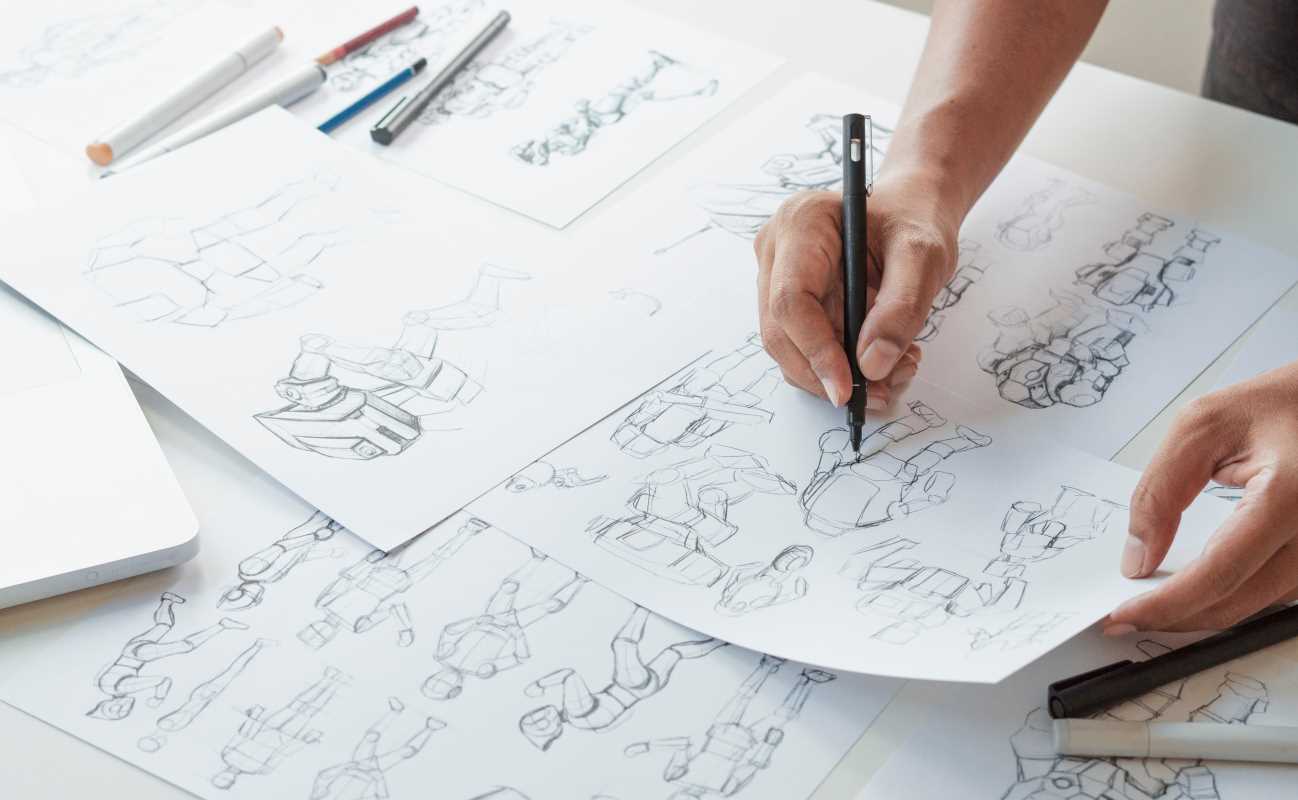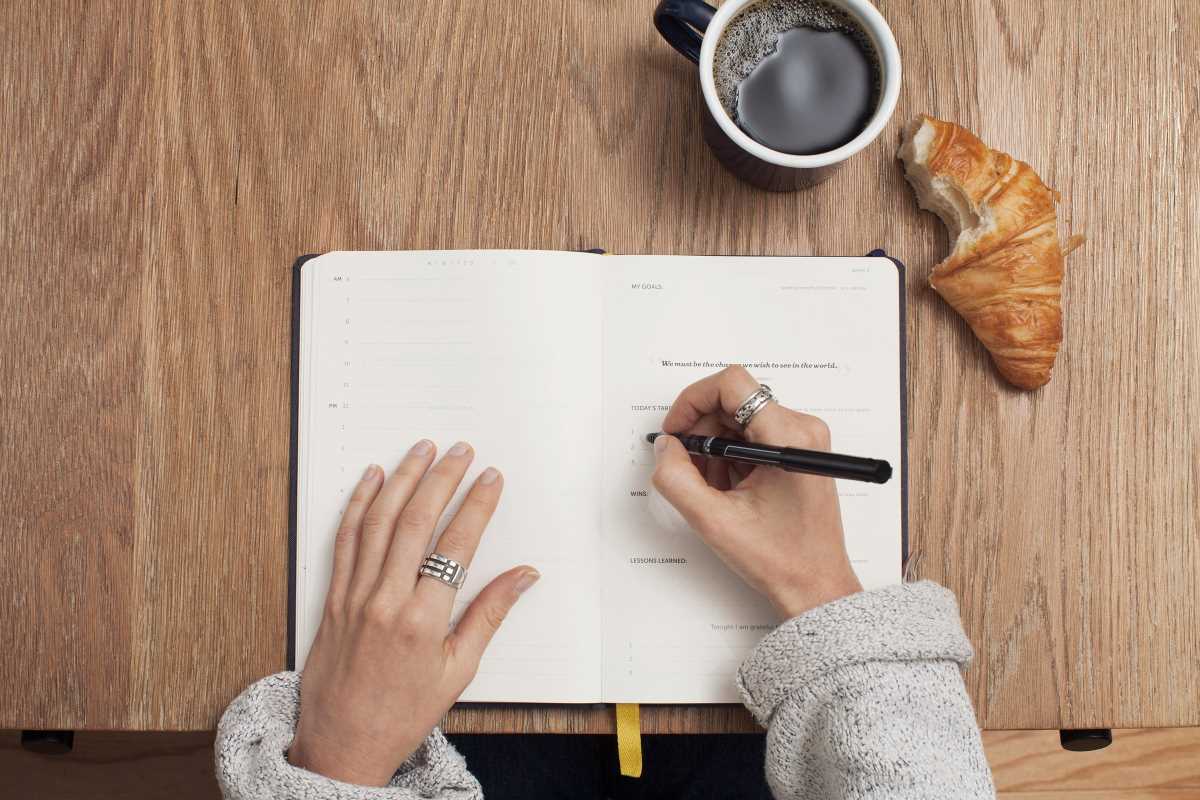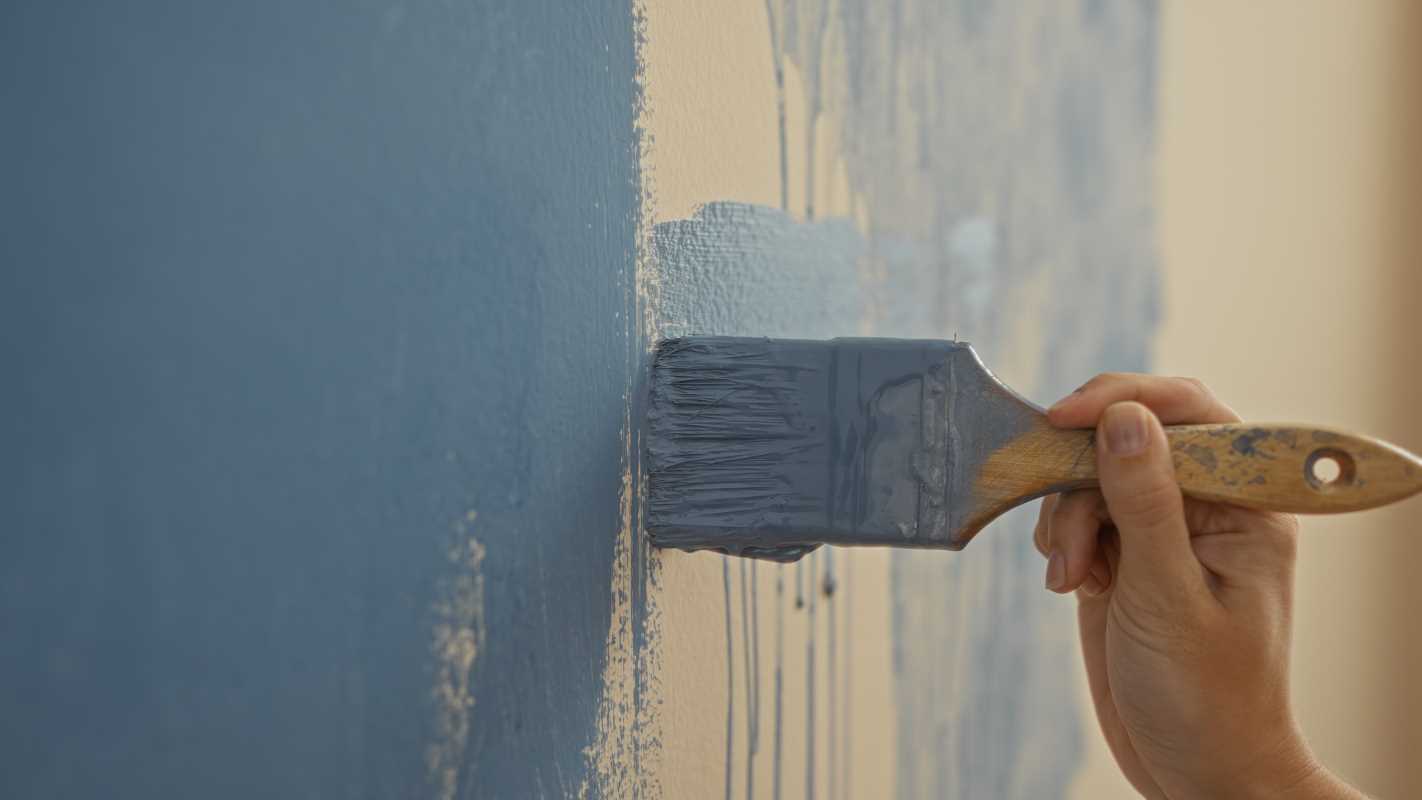Remember those boring lectures when you'd find yourself mindlessly drawing spirals, flowers, or random geometric patterns in your notebook margins? While your professors might have frowned upon it, you were actually doing something incredibly beneficial for your brain. Doodling isn't just a mindless activity or a sign of distraction – it's a powerful tool that can help you relax, unleash your creativity, and even sharpen your focus in ways you never imagined.
What Exactly Is Doodling?
Let's start with the basics. Doodling is simply making spontaneous marks, patterns, or drawings without a specific goal or outcome in mind. It's different from formal drawing or sketching because there's no pressure to create something "good" or meaningful. Think of it as your brain's way of taking a casual stroll rather than running a marathon.
You've probably been doodling longer than you realize. Those stick figures you drew during phone calls, the repetitive patterns you created while waiting for class to start, or the random shapes you sketched while thinking through a problem – that's all doodling. It's one of the most natural and accessible forms of creative expression we have.
The Science Behind the Scribbles
Here's where things get interesting. Research shows that doodling actually engages multiple areas of your brain simultaneously. When you doodle, you're not just moving your hand randomly – you're activating your motor cortex (which controls movement), your visual processing centers, and even areas involved in memory and attention.
A study by psychologist Jackie Andrade found that people who doodled while listening to a boring phone message remembered 29% more information than those who just listened. This happens because doodling uses just enough brainpower to prevent your mind from wandering off completely, keeping you in what researchers call the "optimal state of arousal" for learning and retention.
Think of your brain like a car engine. Sometimes it's revving too high with stress and anxiety, and sometimes it's idling too low with boredom. Doodling helps you find that perfect middle gear where your mind is engaged but not overwhelmed.
Doodling as Your Personal Stress-Buster
As a recent college grad, you're probably dealing with a whole new level of stress. Job hunting, student loans, figuring out adult life – it can feel overwhelming. This is where doodling becomes your secret weapon for relaxation.
When you doodle, your brain enters a meditative state similar to what happens during mindfulness practices. The repetitive motions and focus on simple marks help quiet the mental chatter that often fuels anxiety. It's like giving your worry-brain a timeout while your creative-brain takes the wheel.
The beauty of doodling for stress relief is that it requires zero preparation or special equipment. Feeling anxious about a job interview? Grab a pen and paper and start drawing loops or spirals. Stressed about your career path? Let your hand create random patterns while your subconscious processes those big life questions.
Many people find that certain types of doodles work better for relaxation than others. Repetitive patterns like mandalas, zentangles, or simple geometric shapes can be particularly soothing. The key is finding what feels natural and enjoyable for you.
Unleashing Your Creative Superpowers
Now, let's talk about creativity. You might think you're "not creative" because you can't paint like Picasso or write like Shakespeare, but here's the truth – creativity isn't just about producing masterpieces. It's about making new connections, seeing patterns, and thinking outside the box. And doodling is like a gym workout for these creative muscles.
When you doodle, you're essentially having a conversation with your subconscious mind. Your hand moves without your rational brain micromanaging every mark, allowing unexpected ideas and connections to emerge. Some of the world's most innovative thinkers, from Leonardo da Vinci to Steve Jobs, were known for their doodling habits.
Consider this: many breakthrough ideas don't come from sitting in a conference room trying to brainstorm. They emerge during moments when your mind is relaxed but still active – like when you're doodling during a meeting or sketching while thinking through a problem.
The Focus Paradox
Here's something that might surprise you: doodling can actually improve your concentration. It seems counterintuitive, right? How can drawing random squiggles help you pay better attention?
The answer lies in understanding how your brain handles attention. Your mind is constantly seeking stimulation, and if it doesn't get enough from your current task (like listening to a lecture or sitting in a meeting), it will create its own entertainment by daydreaming or letting thoughts wander.
Doodling provides just enough stimulation to satisfy this need without overwhelming your cognitive resources. It's like giving your brain a fidget toy – something to keep the restless parts occupied while the important work happens.
This is especially useful in situations where you need to absorb information passively, like during presentations, conference calls, or study sessions. The next time you're in a long meeting, try doodling and notice how much more you remember compared to when you're just sitting still.
Making Doodling Part of Your Daily Routine
Ready to harness the power of doodling? Here are some practical ways to incorporate it into your post-grad life:
Morning Pages with Doodles: Start your day by combining journaling with doodling. Write down your thoughts and goals, then let your pen wander into drawings and patterns. This combo helps clear mental clutter and spark creative thinking for the day ahead.
Meeting Margins: Transform boring work meetings by doodling in your notebook margins. You'll likely find yourself more engaged and remembering more key points than if you just sat there trying to look attentive.
Phone Call Patterns: Next time you're on a long phone call (especially those on-hold situations), grab some paper and let your hand create patterns while you wait. It's productive procrastination at its finest.
Study Break Sketches: When you're learning new skills or studying for professional certifications, take doodling breaks. Draw mind maps with decorative elements, or just let your hand move while you think about the concepts you're learning.
Evening Wind-Down: Replace some of your screen time with doodling time. It's a great way to transition your brain from work mode to relaxation mode without the stimulating effects of blue light.
Tools of the Trade (No Art Degree Required)
The best part about doodling is that you don't need fancy supplies. A basic pen and paper are all you need to get started. However, if you want to explore different options:
- Gel pens offer smooth flow and come in various colors
- Markers can add boldness to your doodles
- Dot grid notebooks provide subtle structure for patterns
- Digital tools like tablet apps work great for tech-savvy doodlers
Remember, the tool doesn't make the doodler – your willingness to let go and explore does.
Embracing the "Imperfect" Art
One of the biggest barriers to doodling is the fear that your drawings won't look "good enough." Here's the liberating truth: doodles aren't supposed to look like anything in particular. They're not meant to be gallery-worthy or Instagram-perfect.
The power of doodling lies not in the final product, but in the process itself. Those wonky circles, lopsided flowers, and random geometric shapes are perfect exactly as they are because they're serving their purpose – helping your brain relax, process information, and generate new ideas.







